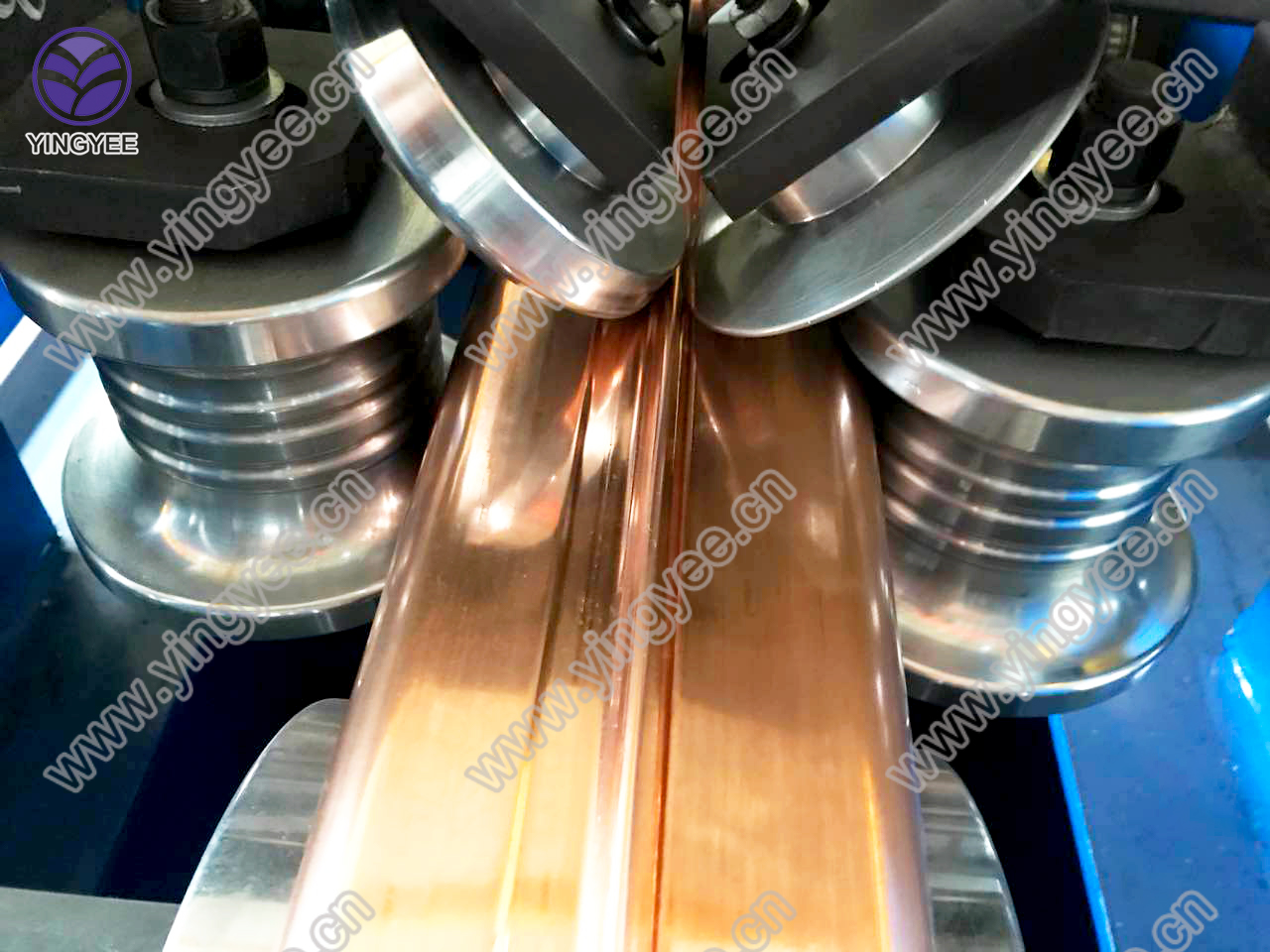
Automatic Adjustment of C Z-Purlin Sizes in Roll Forming Machines
In the world of metal fabrication, efficiency and versatility are key elements that dictate the success of manufacturing processes. One of the most significant advancements in this field is the development of automatic adjust C Z-purlin sizes roll forming machines. This innovation not only enhances productivity but also improves the precision of purlin production, making it an invaluable asset for the construction and manufacturing industries.
Understanding C Z-Purlins
C Z-purlins are structural components used primarily in the construction of buildings, providing essential support for roofs and walls. They are shaped like the letters C and Z, offering different structural properties and applications depending on their orientation. The versatility of these profiles has made them a popular choice for various construction projects, including commercial buildings, warehouses, and agricultural structures.
Traditionally, producing these purlins required manual adjustments to the machinery for changing sizes. This could be time-consuming and often led to human errors, resulting in inconsistencies in the final products. The introduction of automatic adjust roll forming machines has revolutionized this process, significantly reducing manufacturing time and increasing precision.
Benefits of Automatic Adjustment
1. Improved Efficiency One of the primary advantages of automatic adjustment in roll forming machines is the increase in production speed. Operators can input the required dimensions digitally, and the machine will automatically calibrate itself to produce purlins to those exact specifications. This eliminates the downtime associated with manual adjustments, allowing for a much faster turnaround from design to production.
2. Enhanced Precision Automatic systems minimize human error, which is often a risk with manual adjustments. Roll forming machines equipped with advanced technology can maintain tight tolerances and produce consistent products. This precision is critical, especially in construction where structural integrity must be guaranteed.

3. Cost-Effective Production By streamlining the manufacturing process and reducing material waste, automatic adjustment machines contribute to cost-effective production. Manufacturers can optimize their resources, ensuring that they only produce what is necessary while minimizing scrap. This not only saves money but also supports sustainable manufacturing practices.
4. Flexibility in Design Modern automatic roll forming machines can accommodate a wide range of sizes and configurations. This flexibility allows manufacturers to meet diverse customer needs without investing in multiple machines. Whether it's for small-scale projects or large-scale industrial applications, these machines can handle it all efficiently.
5. User-Friendly Interface The advancements in technology have led to the inclusion of user-friendly interfaces in these machines. Operators can easily program the machine’s settings using a touch screen, making it accessible even to those with limited experience. This simplifies the training process and enhances overall productivity on the shop floor.
Conclusion
The automatic adjustment of C Z-purlin sizes in roll forming machines represents a significant leap forward in the metal fabrication industry. By enhancing efficiency, precision, and flexibility, these machines enable manufacturers to respond rapidly to market demands while maintaining high-quality standards.
As the construction industry continues to evolve, the need for reliable and efficient production methods will only grow. Investing in automatic roll forming technology not only prepares manufacturers for present challenges but also positions them for future success. With the ability to effortlessly adjust purlin sizes, companies can focus on innovation and expansion, driving the industry forward in an era where adaptability is key.
Overall, the integration of automatic adjust technology in roll forming machines is more than just an improvement in mechanical design; it is a transformative step towards a more efficient, cost-effective, and precise manufacturing process in the competitive world of metal fabrication.